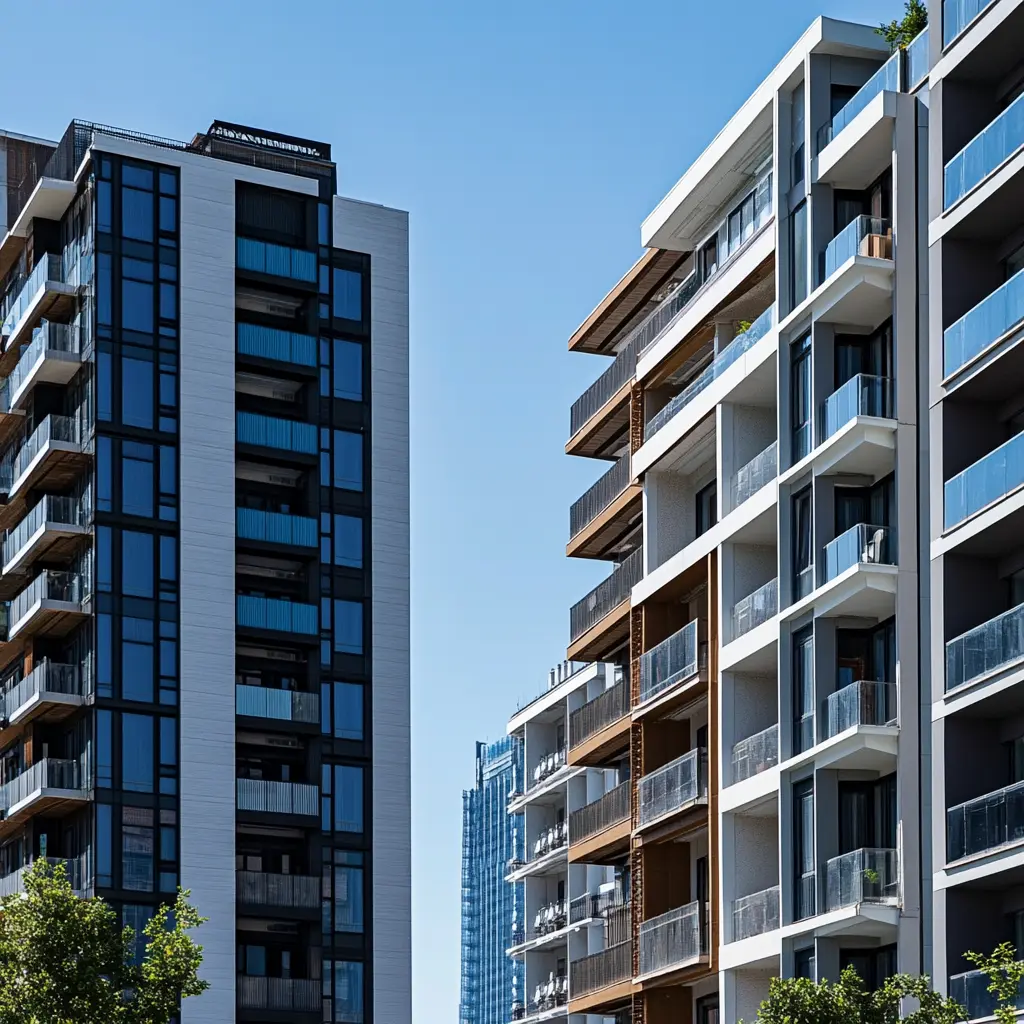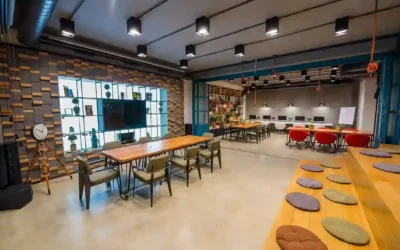Urban development is a continuous process that alters city layouts to accommodate growing populations. This transition would not be achievable without an architectural design studio that merges technical skills with creative vision to create buildings that meet the functional and aesthetic needs of contemporary urban settings. Architects and their teams design public infrastructure, commercial buildings, and residential districts. The urban surroundings where people live, work, and interact with are created by them.
In this blog, we will explore the critical role an architecture and design studio plays in urban development and how it contributes to creating sustainable, livable cities.
1. Master Planning and Urban Design
Strategic planning is essential for architectural firms that operate in urban environments. By taking into account elements like population growth, sustainability, and the demand for public services, they contribute to the development of a comprehensive city plan. Important elements of this process include:
- Develop a balanced integration of public, commercial, and residential spaces by carefully planning and designing the usage of the property.
- creating a system of transportation that includes walking routes, public transportation, and roads.
- Set aside green areas to ensure a cozy and healthful living atmosphere.
Master planning is the key to urban development, guaranteeing that municipalities can expand in a manner that is sustainable and practical.
2. Sustainable and Green Building Practices
With environmental concerns at the forefront of urban development, architectural studios are increasingly focused on sustainable design. By ensuring that new buildings and areas are designed with eco-friendly techniques in mind, they reduce the impact they have on the environment. Architects achieve this by:
- Utilizing energy-saving materials and systems in the design of buildings
- Integrating alternative energy sources such as solar panels.
- constructing buildings that use natural light and ventilation to consume less energy.
Architectural design studios promote sustainability in urban developments, which helps to create cities that are both ecologically friendly and adaptable.
3. Designing Mixed-Use Spaces
Mixed-use construction, combining residential, commercial, and recreational space into a single project, is a growing trend in urban planning. This approach develops vibrant areas that reduce the need for lengthy journeys and promote the expansion of neighboring companies. Architectural design studios play a key role in:
- Creating seamless transitions between different functions (e.g., residential, retail, offices)
- Creating environments that promote social contact and community involvement
- Maximizing land use to accommodate various activities within a limited footprint
These projects help foster connected communities and improve the overall quality of urban living.
4. Revitalizing Urban Areas
Rejuvenating old or neglected areas and giving them new life through carefully planned architecture is a common aspect of urban development. The goal of architectural design studios is to transform dilapidated spaces into dynamic, modern settings by:
- Revitalizing old structures while maintaining their cultural importance.
- Making new designs that complement the existing arrangement of the city
- enhancing public spaces to promote economic growth and social interaction.
Rejuvenation projects improve the appearance of urban areas and attract new companies and inhabitants, which supports local economies.
5. Improving Public Infrastructure
Architectural design studios are essential in city growth, as they develop public infrastructure to support growing populations. Included in their number are:
- Bus and rail stations, as well as other public transit hubs
- Recreational spaces such as parks and playgrounds
- Hospital, community center, and school
Architects ensure that cities remain operational and offer essential services and facilities that improve the standard of living for their populace by designing public infrastructure.
6. Adapting to Urban Growth and Density
Managing urban density becomes more challenging with the expansion of cities. Architectural design firms create innovative building solutions that maximize space and maintain comfort in order to address this issue. For example, think about:
- High-rise residential towers that optimize land use
- Compact, multi-functional spaces that serve multiple purposes (e.g., living and working)
- Vertical gardens and green roofs that enhance the urban environment
By focusing on density without compromising quality, architectural design studios ensure that cities can accommodate growth while maintaining a high standard of living.
Conclusion
The importance of an architectural design business in urban development goes well beyond the construction of buildings. These studios play a critical role in creating cities that are practical, environmentally responsible, and pleasant to live in. Architectural firms play a critical role in the continuous development and enhancement of urban regions through their work on projects including master planning, sustainable design, neighborhood revitalization, and public infrastructure improvement.
If you’re looking for expert guidance on your next urban development project, contact our architecture and design studio today to explore how we can bring your vision to life.




